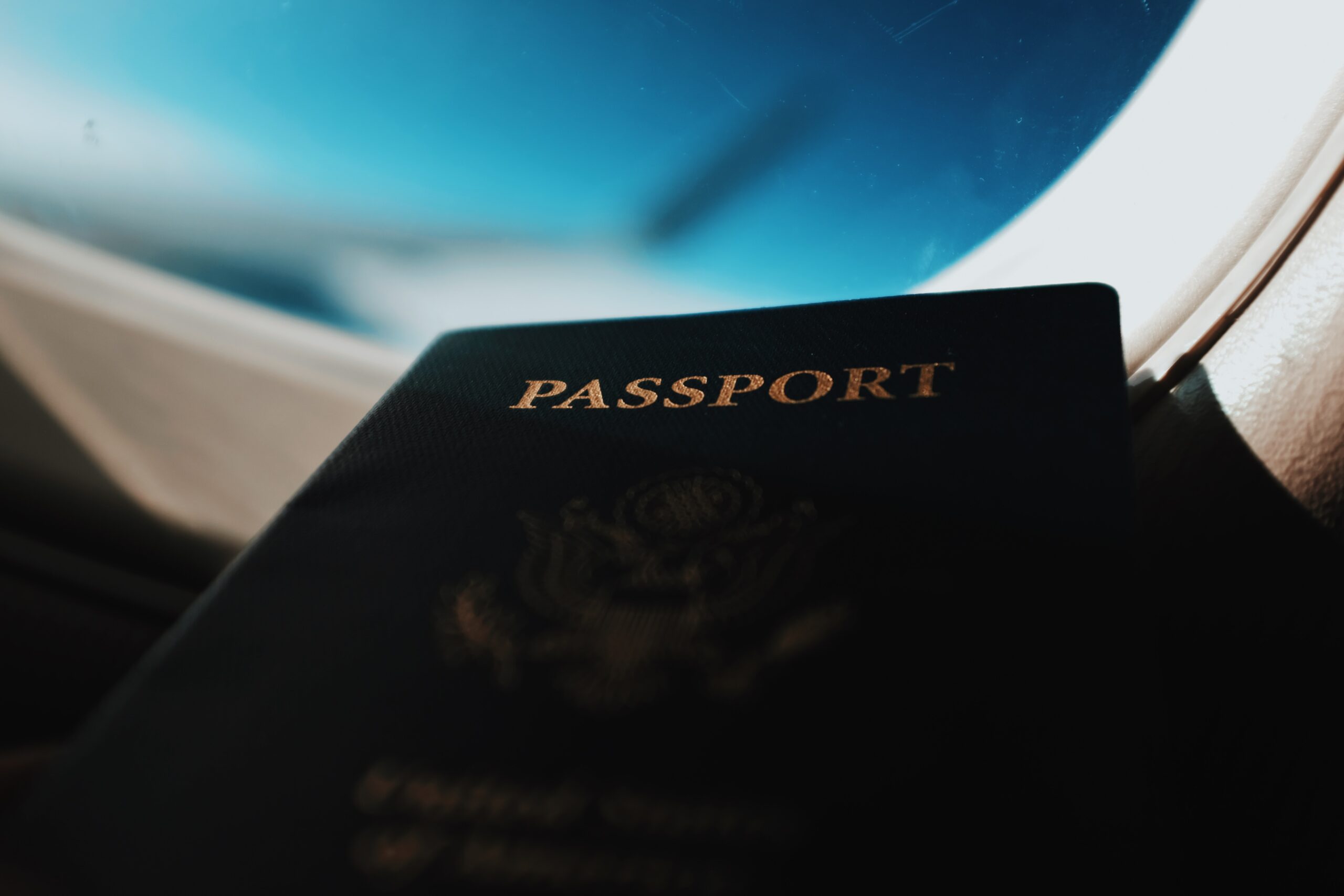Who Owns a Passport in America?
This spring marks the three-year anniversary of the Covid-19 lockdowns, and with the virus increasingly in the rearview mirror, at least for most people, international travel is up. The World Tourism Organization estimates that tourism will be back to pre-pandemic levels this year in some areas.
But across the communities that the ACP measures, there will almost certainly be different reactions to the return of international travel because the most basic part of leaving the country — owning a valid passport — looks very different across the 15 community types.
Nationally, 56% of American adults own a valid passport, according to consumer survey data from MRI-Simmons. But a close look at the numbers through the prism of the ACP, suggests a complicated set of issues behind which communities are more or less likely to own a passport and why.
At the highest level, the numbers show a pretty clear urban-rural divide. The three types with the highest percentage of adults with a valid passport are the Urban Suburbs at 64%, the Big Cities at 62%, and the Exurbs at 58%.
Those are the only community types above the national figure of 56%. They are all also above the national average for bachelor’s degrees (a data point that matters on travel), they tend to have lots of high-income households, and they also tend to be near major airports. In other words, it makes sense that they are all above the national average for passports.
On the other end, there are two community types where less than 40% of the adult population has a passport: the African American South at 39% and the Evangelical Hubs at 38%. The opposite tends to be true for those counties. The communities that are largely based in the rural South tend to have lower incomes and fewer bachelor’s degrees.
But there are some outliers in the numbers.
For instance, the Middle Suburbs tend to be fairly urban and located near transportation hubs, but their passport numbers are slightly below the national figure at 53%. Some of that may be due to other factors such as lower incomes and fewer college degrees.
The Military Posts may come as a surprise. At 48%, the community type is among the lower numbers here — and that’s in a community full of people who are often required to travel the world. But remember, not everyone travels in those communities. Even in military families when soldiers are sent abroad, someone often needs to stay home with the children. And when soldiers come home from a deployment, they may not be eager to head overseas again.
The Hispanic Centers have relatively high numbers of people with passports. They are three points below the national average at 53%, but the fifth highest among the 15 types and higher than one might imagine they’d be considering their lower incomes and college degrees and often their more rural nature.
But those communities also have large populations that have reason to travel — newer immigrants who have family and friends back in their home countries. While international travel is a luxury in some community types, in the Hispanic Centers it is more likely to be seen as part of life.
Most surprising here may be the relatively high number of adults with passports in the LDS Enclaves. At 56%, the number is the fourth highest in the ACP and even with the national average. The Enclaves have roughly the same median household income as the Middle Suburbs. They have a few more college graduates than the Middle Burbs, but they also tend to be far more rural and farther from major airports.
One big factor is likely the tradition within the Mormon religion for missionary work. Young LDS men are strongly encouraged to participate in missionary service and those trips may help build bonds in other countries and an affinity for foreign travel that lasts beyond their youth.
